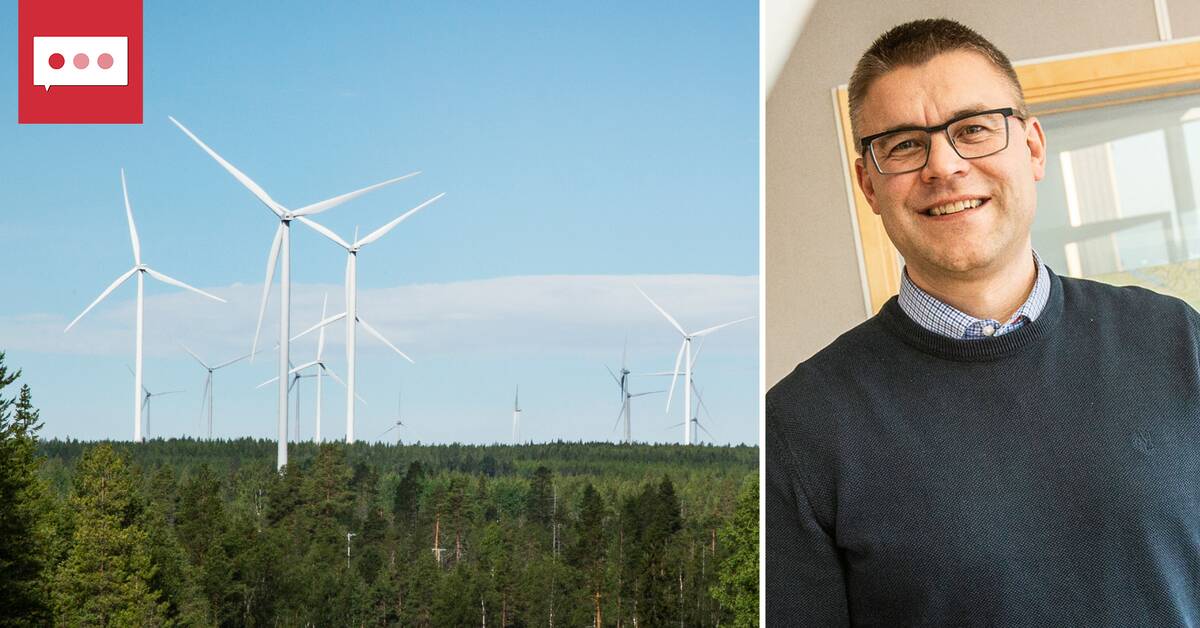It is in the north that most of the wind power has been developed.
Västerbotten is one of the counties that builds and produces the most wind power in the country.
At the end of 2021, the county's 476 wind turbines accounted for nearly 60 percent of Västerbotten's electricity production, according to statistics compiled by the news site Newsworthy from the Energy Agency.
The government invests in more nuclear power
The new government wants to invest more in nuclear power.
But several companies in the wind power industry that SVT Nyheter Västerbotten has been in contact with believe that investments in wind power will continue in the same direction.
- I think Sweden will need an electricity mix and wind power is part of it, says Fredrik Bäcklund, who works at the former Umeå-based planning company Svevind, which is leading the construction of Europe's largest wind farm in Markbygden in Piteå.
Even Vattenfall, which is building a large park in Blakliden/Fäbodberget inland, has spoken out after the government's announcement about the upcoming nuclear power investment:
"Vattenfall assesses that all fossil-free power types are needed, which a change in the energy policy goal to 100 percent fossil-free also signals," writes the company.
Want clear information from the government
At the same time, the wind power industry association is calling for clarity from the government on how the electrification of Sweden is to be completed.
- A decisive principle for taking advantage of the industry's increased electricity needs is technology neutrality.
However, Svensk Vindenergi does not see that the Tidö Agreement really guarantees this.
Instead, we assume that the Tidö Agreement can be developed into a forward-looking, technology-neutral electrification agenda with broad anchoring that is sustainable over time and that enables us to cope with climate change, says Daniel Badman, CEO of Swedish Wind Energy.
In the video, you hear Fredrik Bäcklund answer three questions about the future of wind power.

